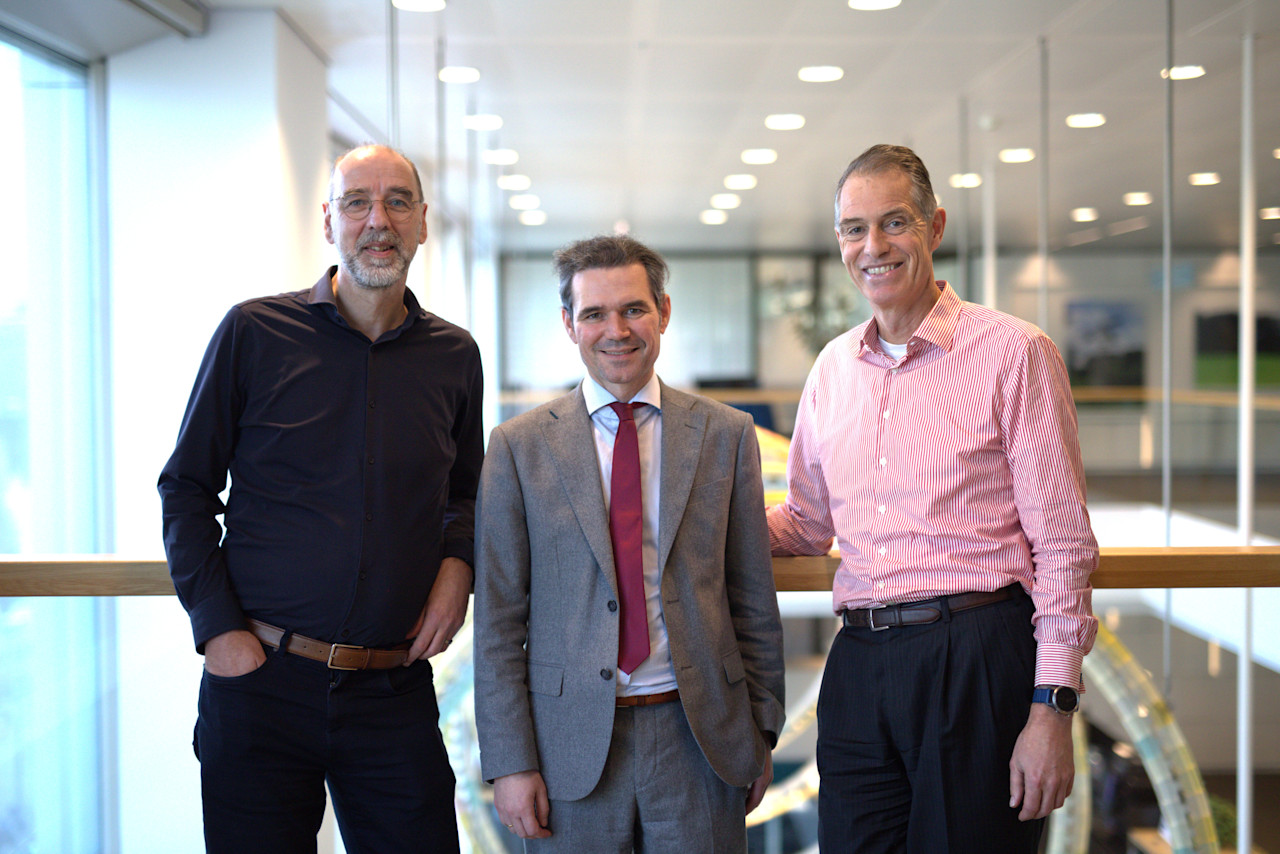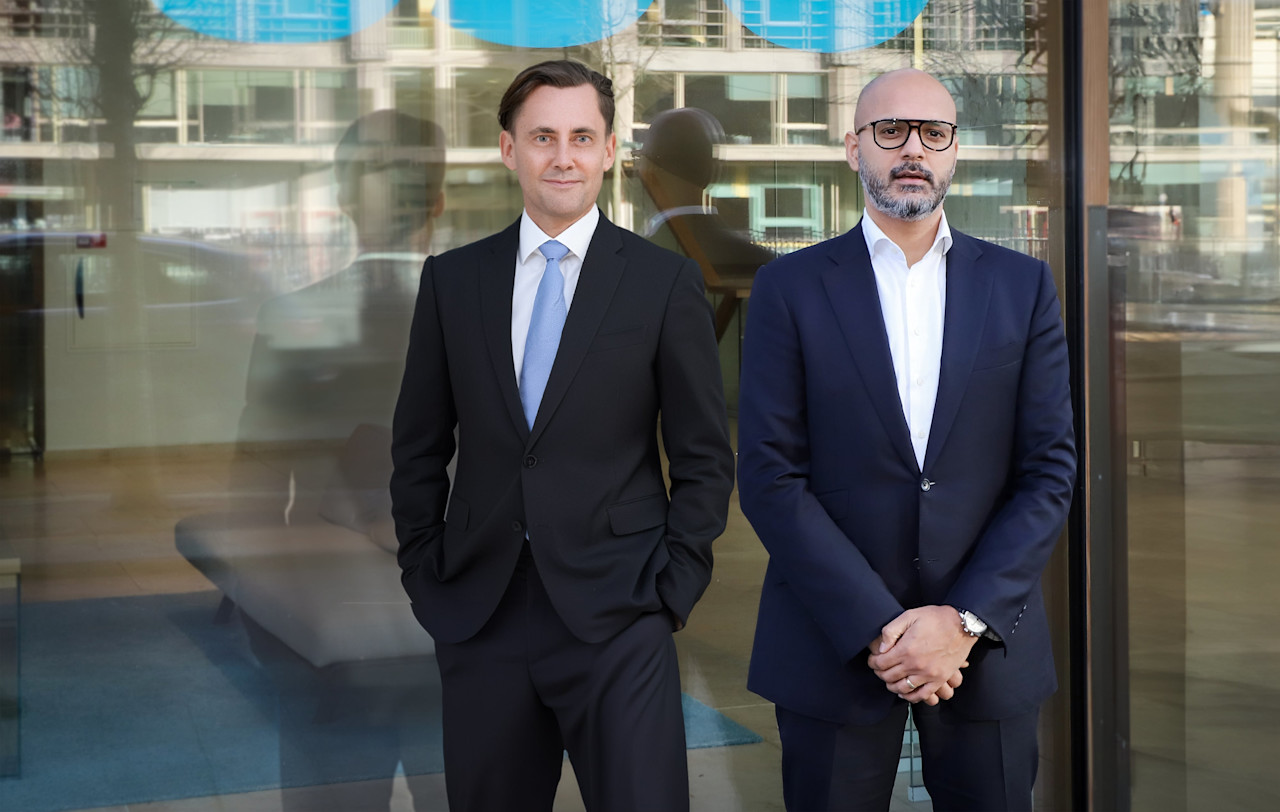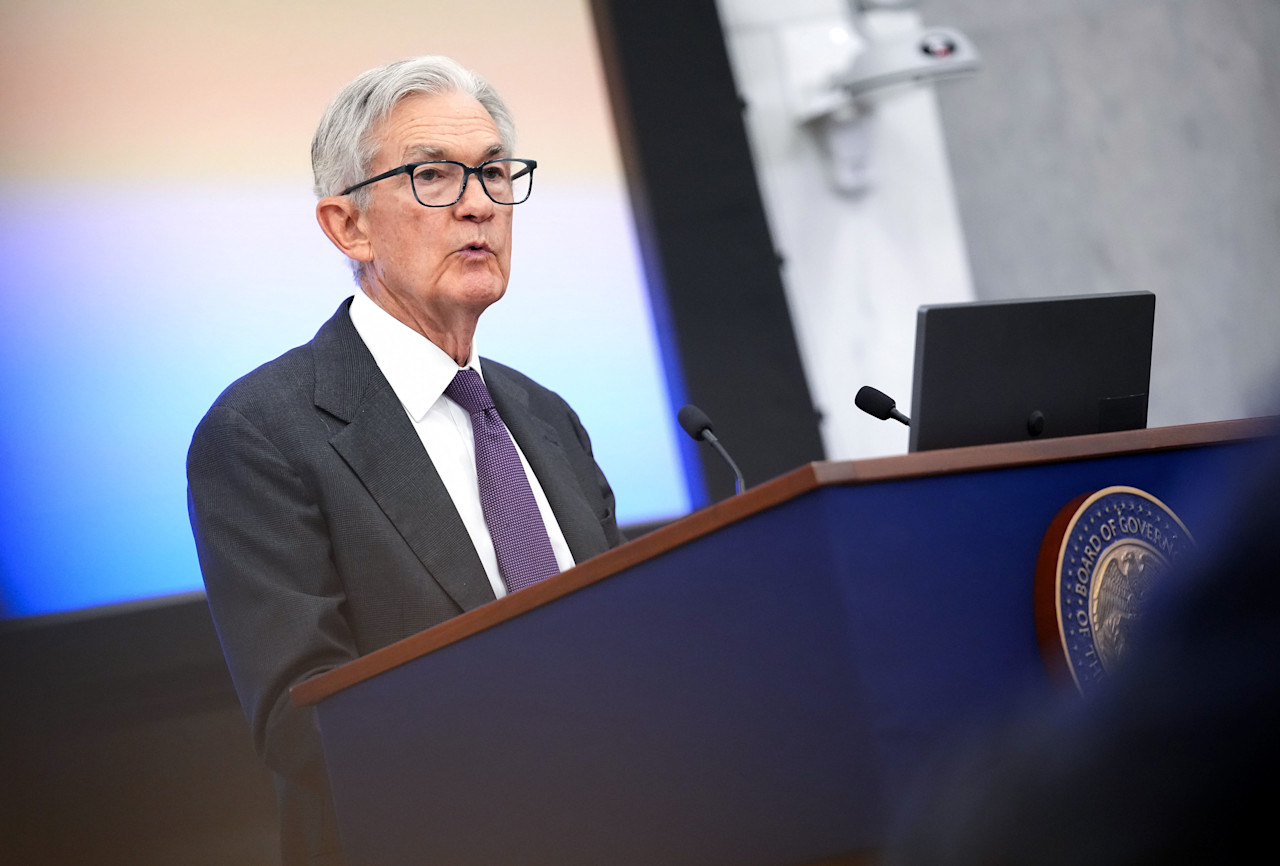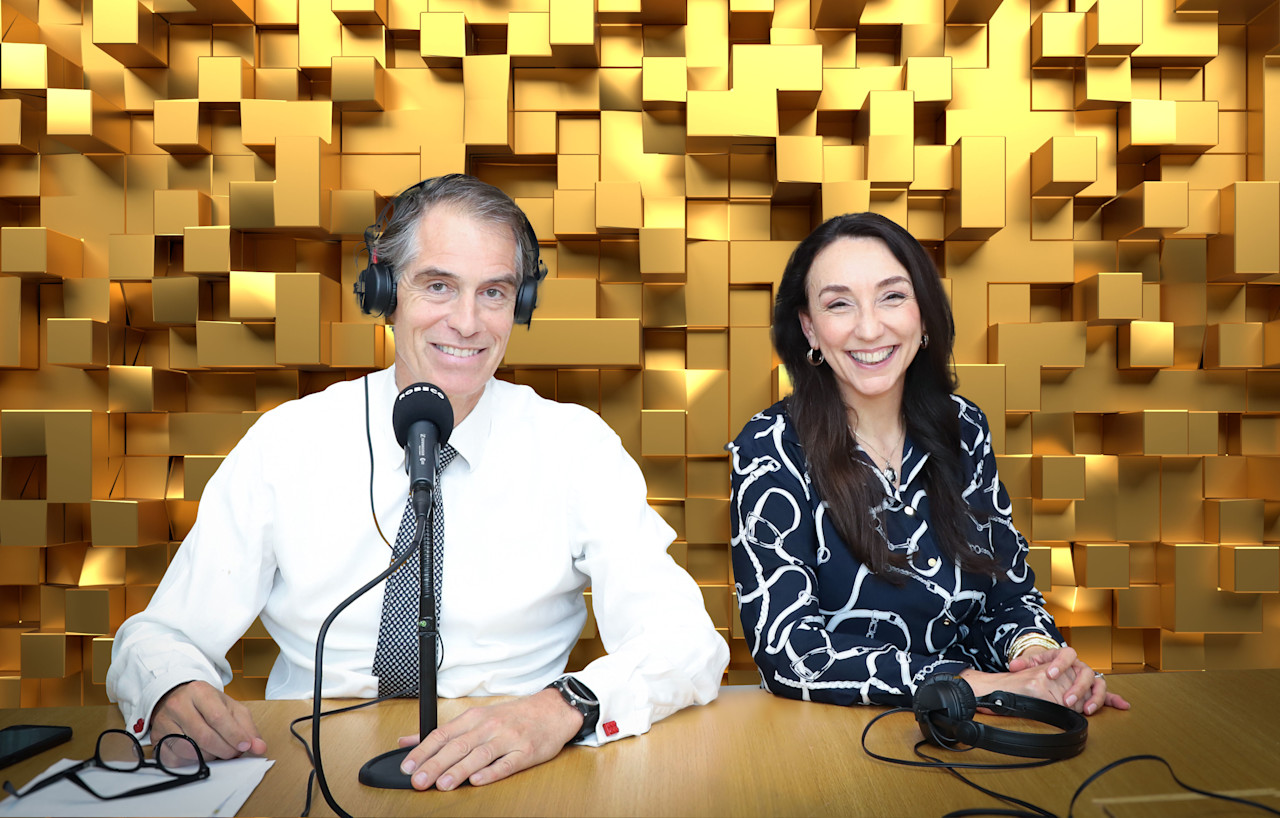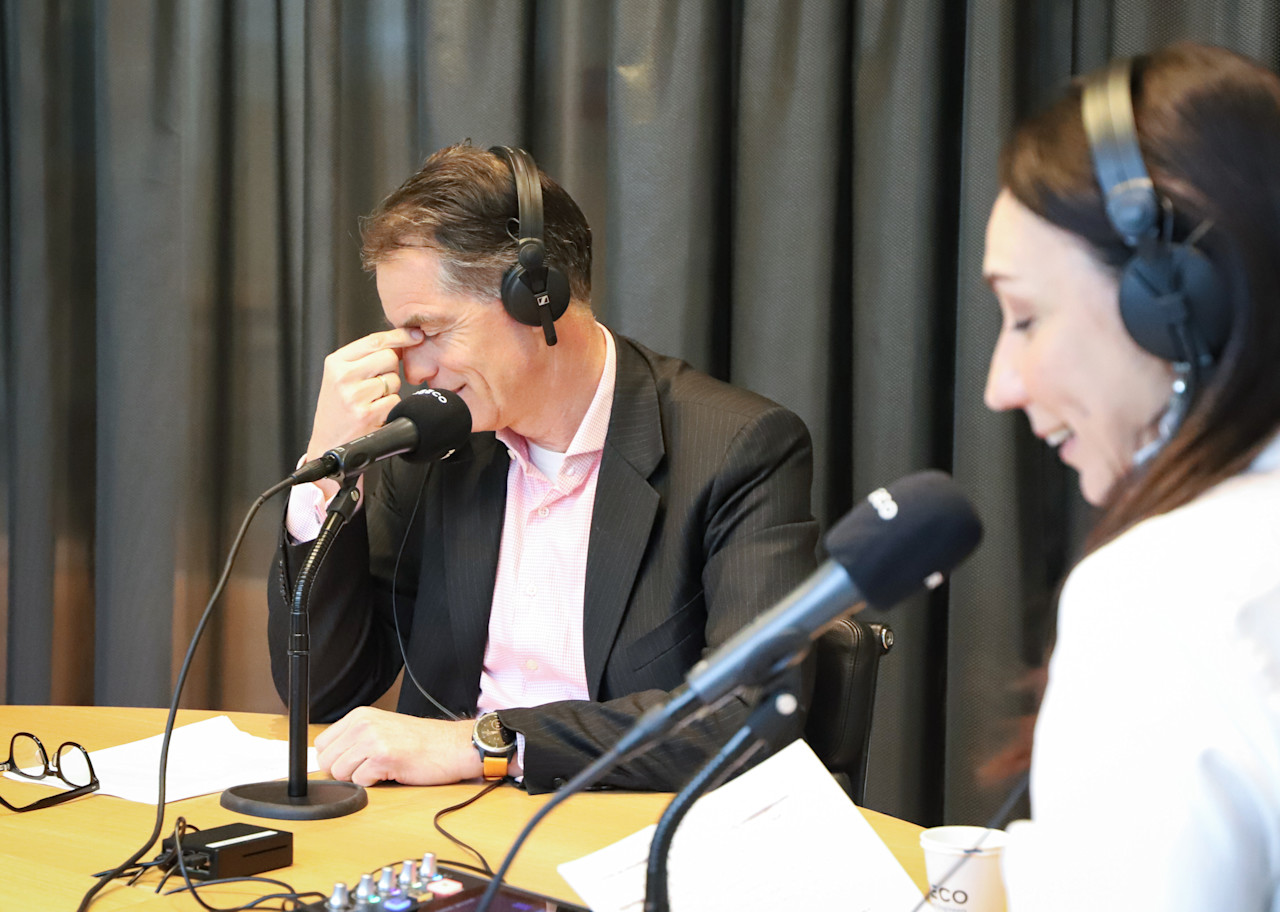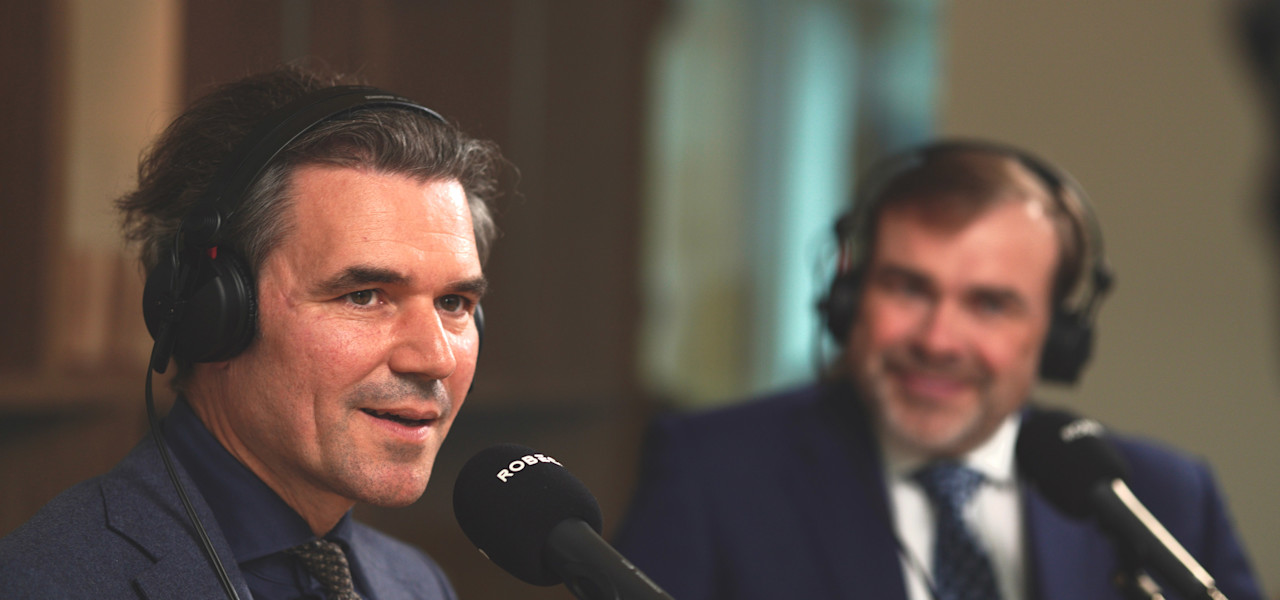

ECB set to end negative policy rates soon
In line with other major central banks, the ECB is pivoting its policy stance sharply towards tightening. A rate hike in July seems a certainty.
Zusammenfassung
- An ECB rate hike in July looks to be a certainty
- Unlike the Fed, the ECB is not yet pursuing quantitative tightening
- We note the risk of the hiking cycle being paused or aborted by early 2023
Broadening and intensifying inflation pressures have prompted the ECB Governing Council to end net bond purchases under its asset purchase program (APP) as of 1 July. This paves the way for a 25 bps interest rate hike later next month, which will in all likelihood be followed by a further adjustment at the September meeting. Depending on the inflation outlook at the time, the size of the September move could well be 50 bps.
The ECB signaled that it foresees a “gradual but sustained” path of further rate hikes thereafter. As for the reinvestment of its quantitative easing (QE) holdings, the ECB decided to continue reinvesting the principal payments from maturing securities “until at least the end of 2024” (in the case of securities under the Pandemic Emergency Purchase Program (PEPP)) or “for an extended period of time past the date when it starts raising policy rates” (for securities under the APP). Importantly, this shows that, for now, the ECB is reluctant to follow central banks such as the US Fed on the path of quantitative tightening (QT).
President Christine Lagarde addressed concerns about a possible fragmentation in bond markets across the Eurozone at the ECB media conference. She once again gave the assurance that the ECB would deploy existing or “new” tools, if necessary, should there be a sharp and broad-based widening of government bond spreads over German Bunds. Her comments underline that some ECB governors are deeply worried about a possible revival of such fragmentation during the policy rate normalization process that lies ahead.
By hinting at a series of rate hikes, which could include increments of more than 25 bps, the ECB gave a hawkish signal, which in turn drove bond yields higher. The 2-5-year segment of the curves led this move. Meanwhile, country spreads over Germany, especially that of Italy, widened, most likely because the ECB language on new tools to address bond market fragmentation disappointed in that it lacked substance on the development of such a tool.
Holen Sie sich die neuesten Einblicke
Abonnieren Sie unseren Newsletter, um aktuelle Anlageinformationen und Analysen durch Sachverständige zu erhalten.
Policy outlook
An ECB rate hike in July – the first in over ten years – now looks to be a certainty. An end to negative policy rates by September also seems to be a sure thing. Given the prospect that European inflation could rise to further above 8% over the coming months, we understand why financial markets are pricing in almost 150 bps of rate hikes over the four remaining ECB policy meetings this year. Notably, this encompasses two moves of 50 bps each, and two hikes of 25 bps each.
Looking beyond the next six months, though, we struggle to believe the ECB will be able to hike the depo rate by an additional 100 bps to around 2% and maintain that level, as is implied by forward rates (see chart). In fact, we doubt whether all Eurozone economies could structurally handle such a degree of tightening in financing conditions, especially given weakening cyclical growth. Nevertheless, we expect that a strong pricing out of rate hikes by the market will only occur when there are clear signs of an inflation retreat. Our view is that this could happen towards the end of this year or in early in 2023.

Source: Bloomberg, Robeco
As for the possibility of the ECB launching a new tool for addressing market fragmentation, there is in our view a decent chance that such a new policy instrument will be announced – and that conditions attached to it will be less strict than under the Outright Monetary Transactions (OMT) program. While we doubt it would prevent episodes of spread widening in European government bonds, the fact that it is available could cap any further widening of country spreads.







